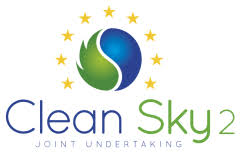Technological watch
Toward the Improvement of the Short?Loop Recycling of Dy?Rich Nd–Fe–B Permanent Magnets: Experimental and Numerical Approaches
Magnetic properties and microstructures of partly recycled Nd–Fe–B magnets show a core–shell/anticore–shell Dy localization among the main Nd2Fe14B magnetic phase. These microstructures are in good agreement with the results of a qualitative model of diffusion.The method of short?loop recycling of Nd–Fe–B magnets is implemented, with end?of?life (EoL) magnets used as a source of heavy rare earth (HRE). Partially recycled magnets are fabricated by co?sintering HRE?free powders obtained from strip casted alloys, blended with HRE?rich powders obtained from EoL magnets. The impact of several process parameters (blending ratio, sintering cycle, and HRE?rich recycled particle sizes) on the microstructure and magnetic properties is discussed. A coercivity gain up to 160?kA?m?1?wt%?1 of Dy with respect to the HRE?free magnets is reported, even though impurities are incorporated. Microstructural characterizations show a heterogeneous Dy localization in core–shell/anticore–shell structures, and thus a nonoptimal use of HRE. The experimental results are compared with finite element simulations of the Dy diffusion transport performed using existing data of bulk Dy diffusion coefficients. The simulation model consists of a network of square grains separated by a liquid phase, whose fraction is based on the ternary Nd–Fe–B phase diagram. Results show similarities with the observed microstructures, and point to the interest of reducing the Dy?rich particle size with respect to the main powder. This study provides new insights into the Dy transport mechanisms at stake in an efficient short?loop recycling of HRE.







